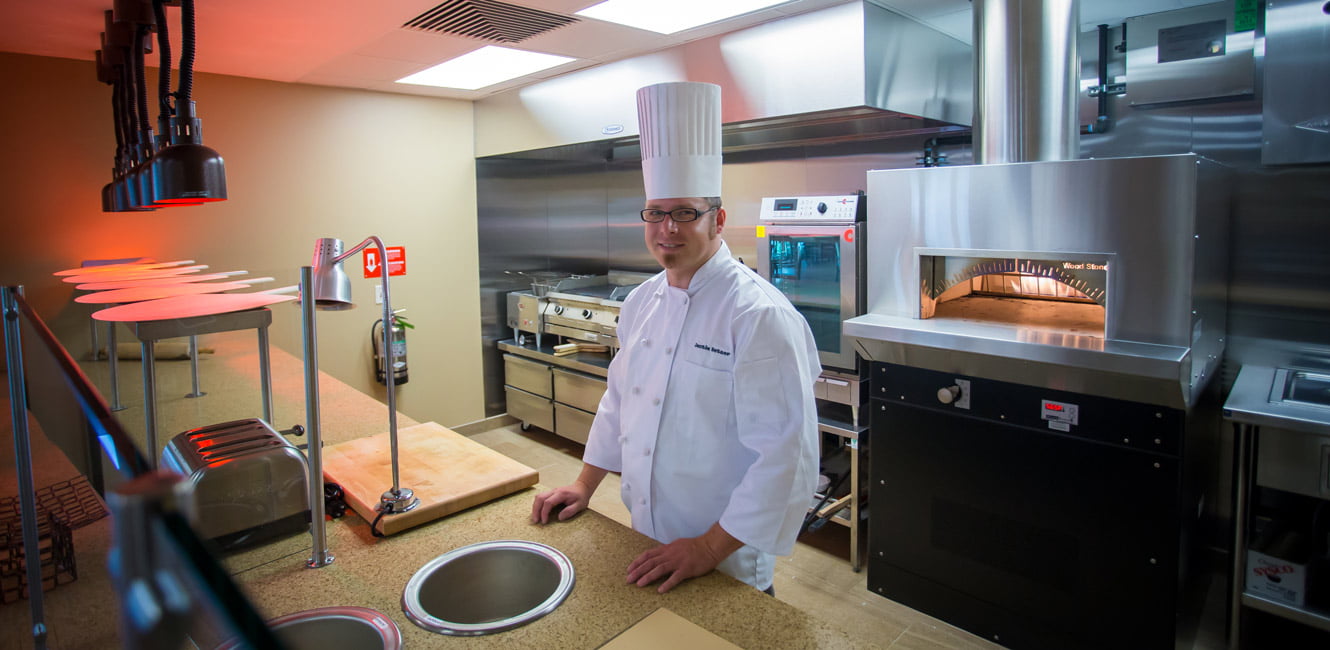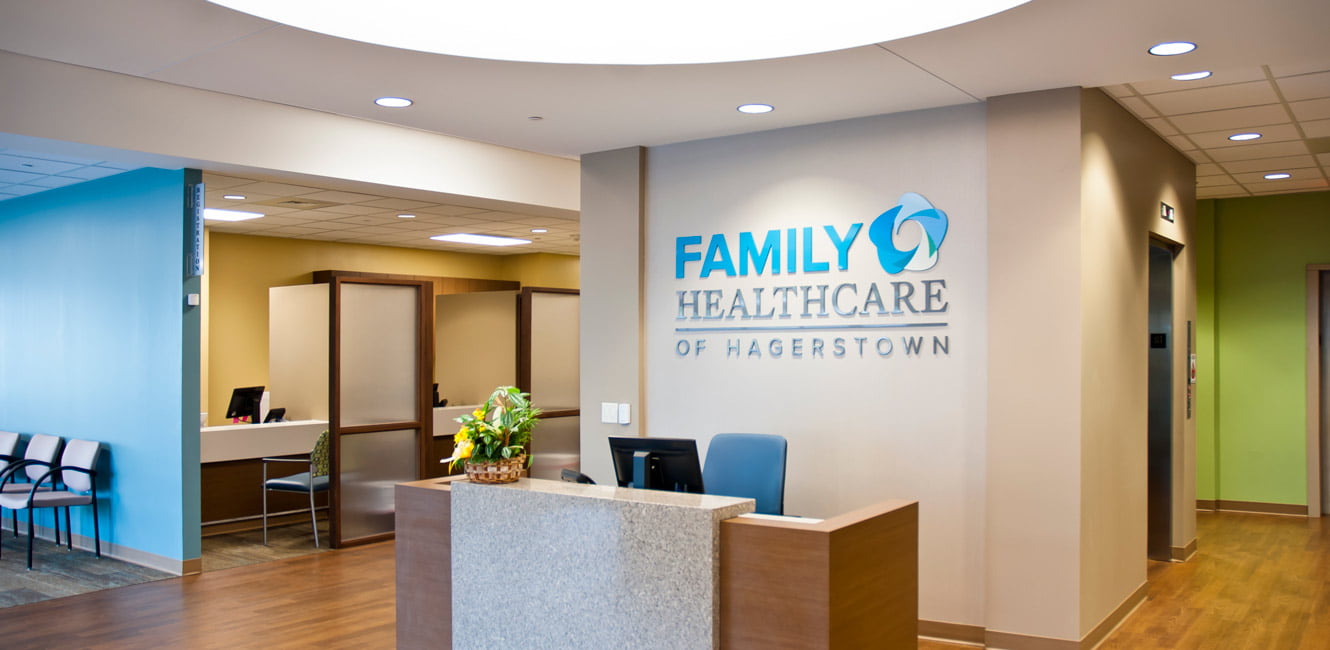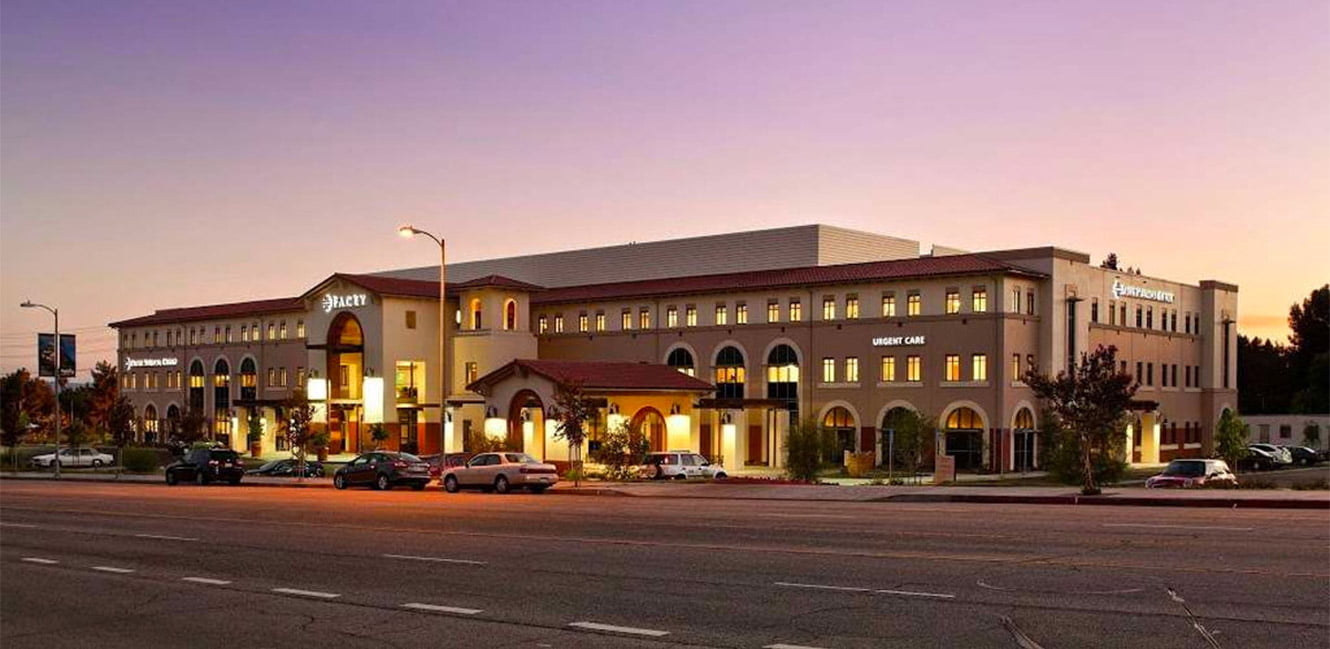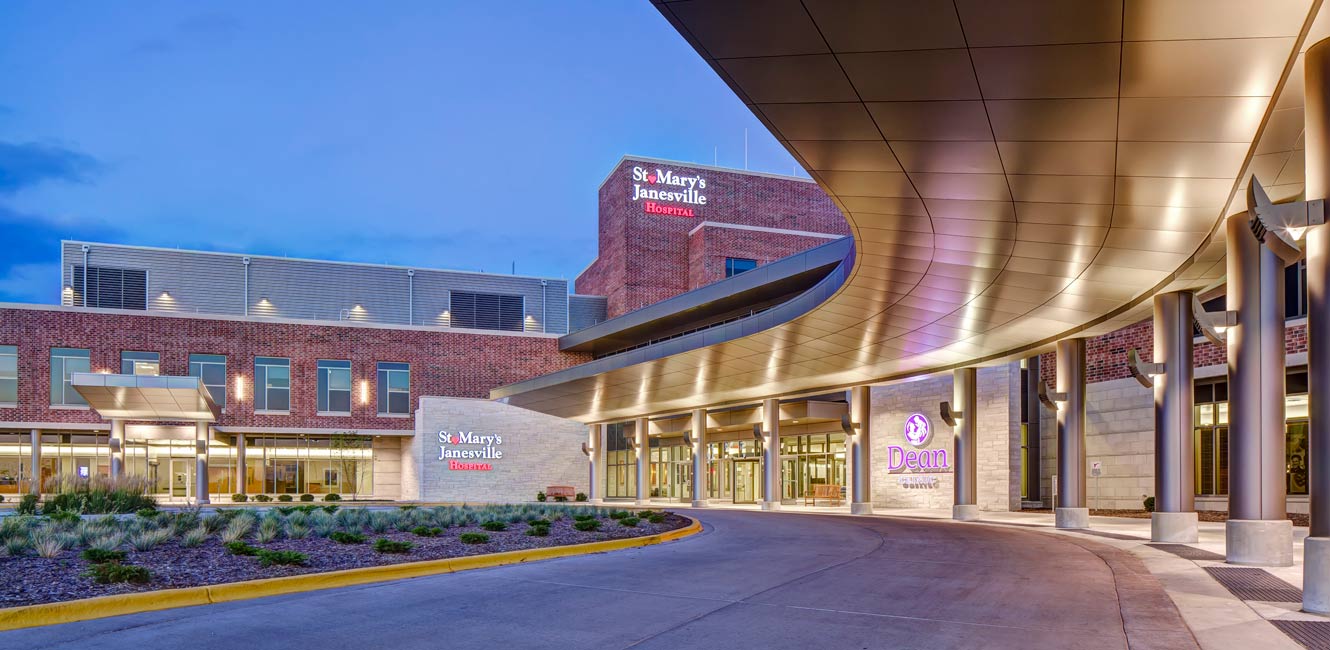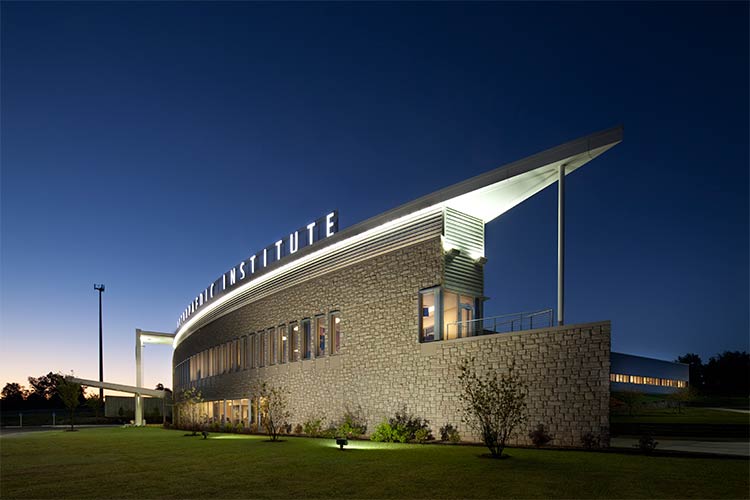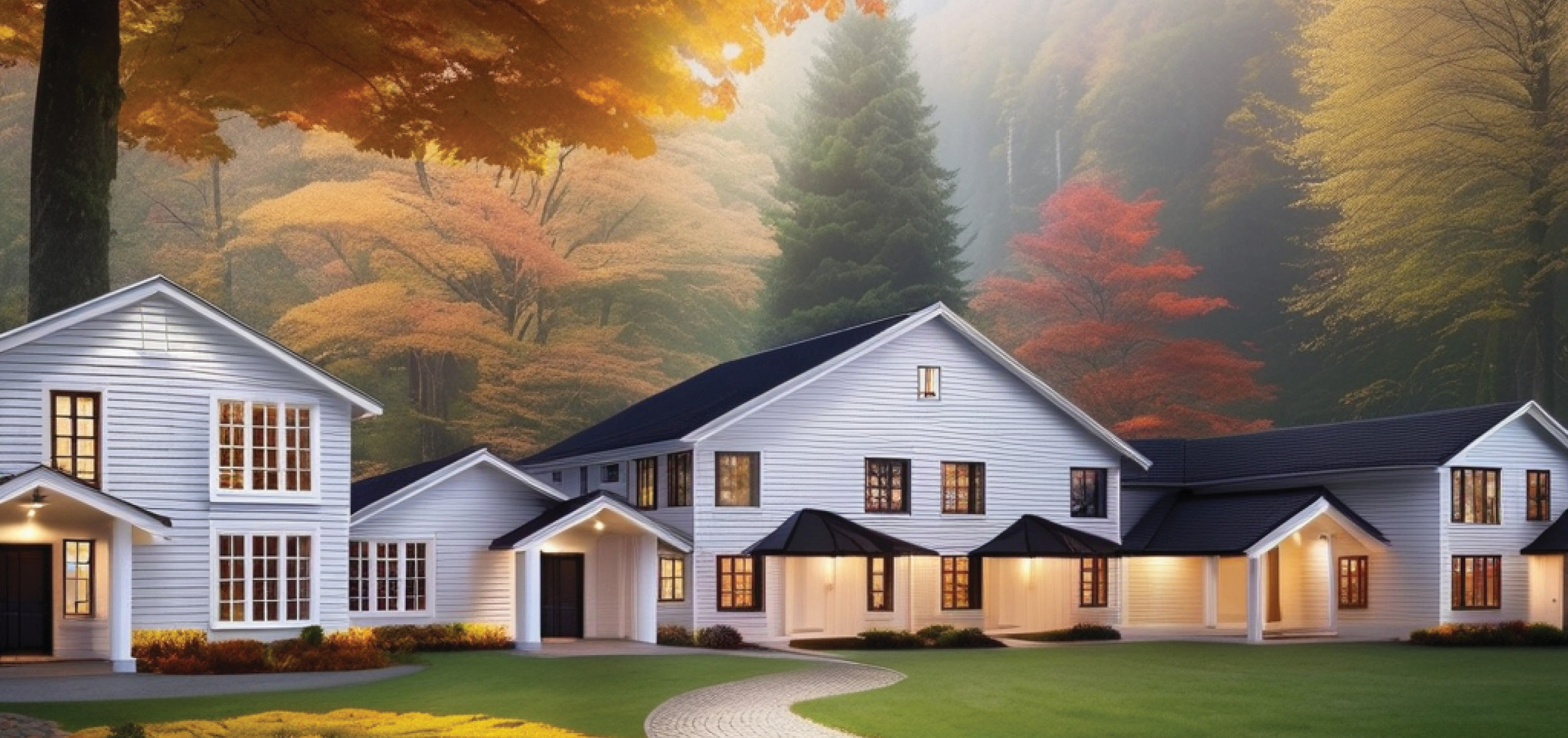Evidence-Based Design Goal
ERDMAN’s goal is to create an assisted living environment that offers an exceptional resident experience through a design that emulates a home-like environment and supports operational efficiencies to allow staff to better-manage and care for a resident population with diverse and increasing acuity levels, so they may age in place.
Challenge
Riverside Senior Life Communities identified the need for assisted living and memory care services in the area around Bourbonnais, Illinois. Several project goals were identified: provide above market quality with market rate pricing; increase the census rate; improve both resident and staff satisfaction scores; decrease the rate of resident falls and injuries; lessen staff travel; enhance staff visibility of resident spaces; and complete the project at or below budget.
The pursuit of these goals began with a visioning session that explored the principles of the GREEN HOUSE model, which differs from the traditional nursing home model in terms of size, interior design, organizational structure, staffing and care models. A key challenge from an evidence-based design perspective was finding an architectural solution that incorporated GREEN HOUSE strategies and accommodated the client’s existing patient care model.
Solution
The proposed design solution embraces the neighborhood concept, allowing the resident population to be separated into smaller neighborhoods (homes), with care ranging from traditional assisted living to the higher acuity levels of memory care.
The project team utilized full scale mock-ups of the resident rooms as part of the design development process. These mock-ups permitted collaboration among team members, end users and staff in order to validate the size, scale, and amenities of each apartment. Mock-ups of the proposed neighborhood dining and kitchen models were also researched and assisted the project team’s development of the final design solution.
There are two 16-bed neighborhoods for traditional assisted living that share a “town center” for activities of daily living (ADL) – living, dining, kitchen and activity spaces. There are also four 12-bed neighborhoods, organized around a central ADL space for memory care. In these small, elder-centered neighborhoods, residents have significant autonomy over how they want to live, receive personal attention from direct care staff, and share a full and engaging day-to-day social life. Additionally, the neighborhoods are built around a series of courtyards that permit daylighting, views of nature, and access to the outdoors in a safe and secure environment.
The project team will measure outcomes based on metrics in the stated project goals as part of a planned post-occupancy evaluation to follow one, three and five years after occupancy in August 2014.
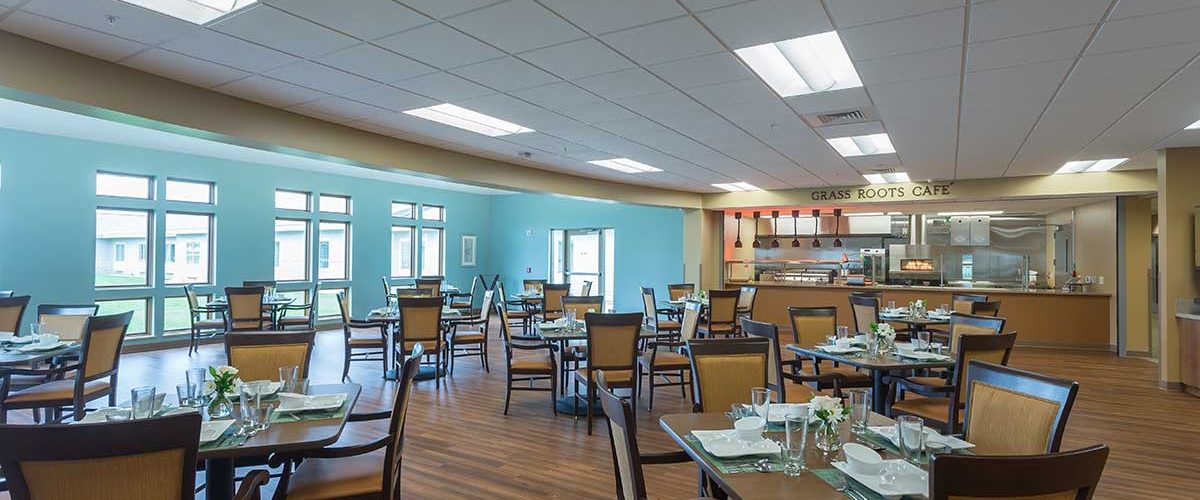
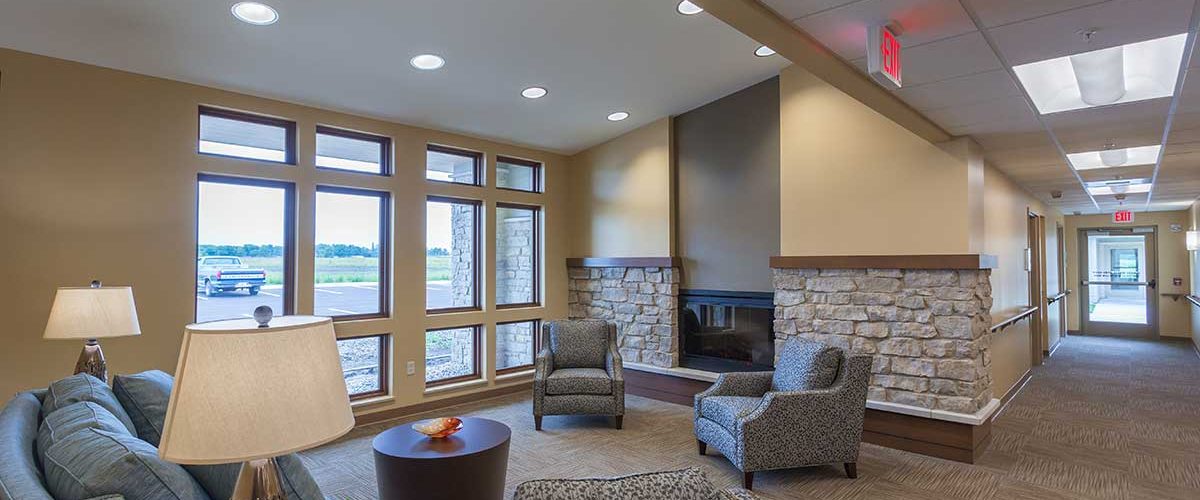
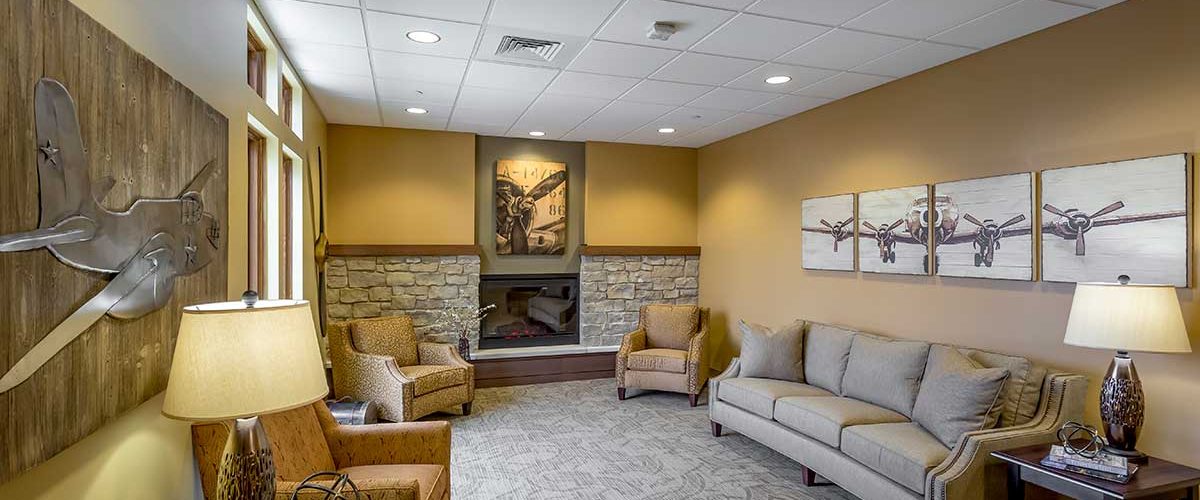
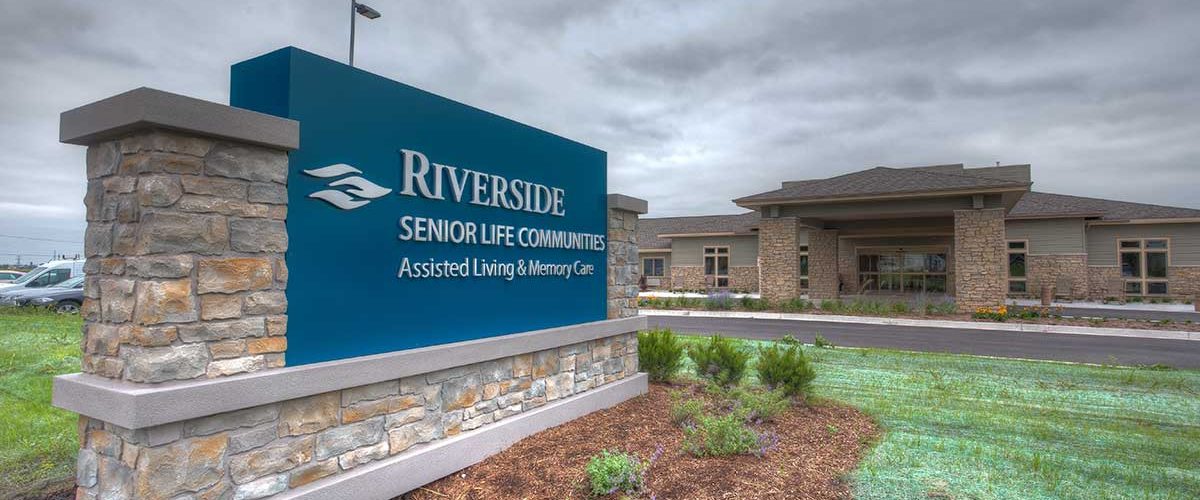
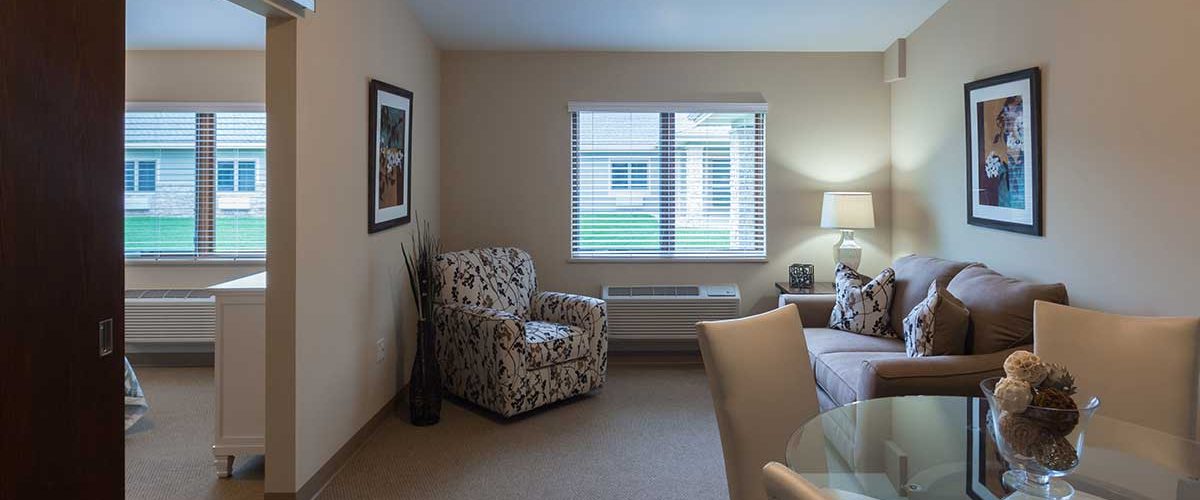
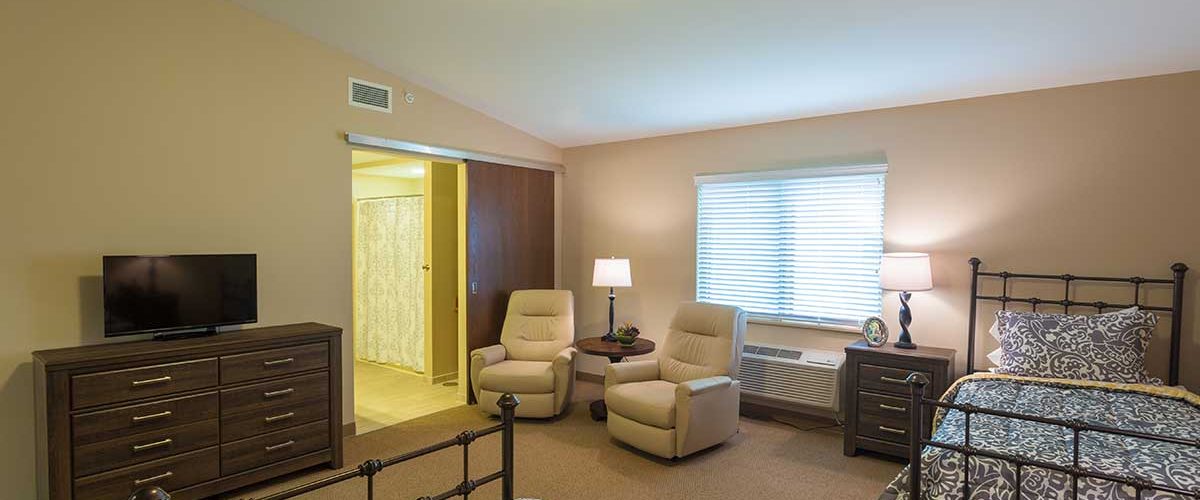
EVIDENCE-BASED
DESIGN STEPS USED
